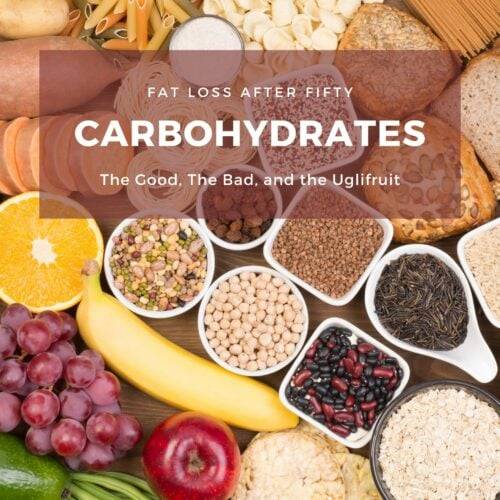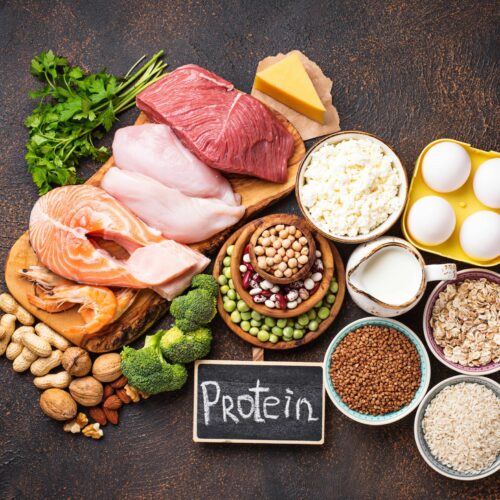the goodness and badness of Fat Macros
How does the various forms of dietary fat affect your fat loss journey? Learn more in this comprehensive guide. From heart health to brain function, which fats are best for your overall wellbeing? Which fats are okay in small amounts, but unhealthy in large amounts? Which fats should be avoided entirely? Keep reading!
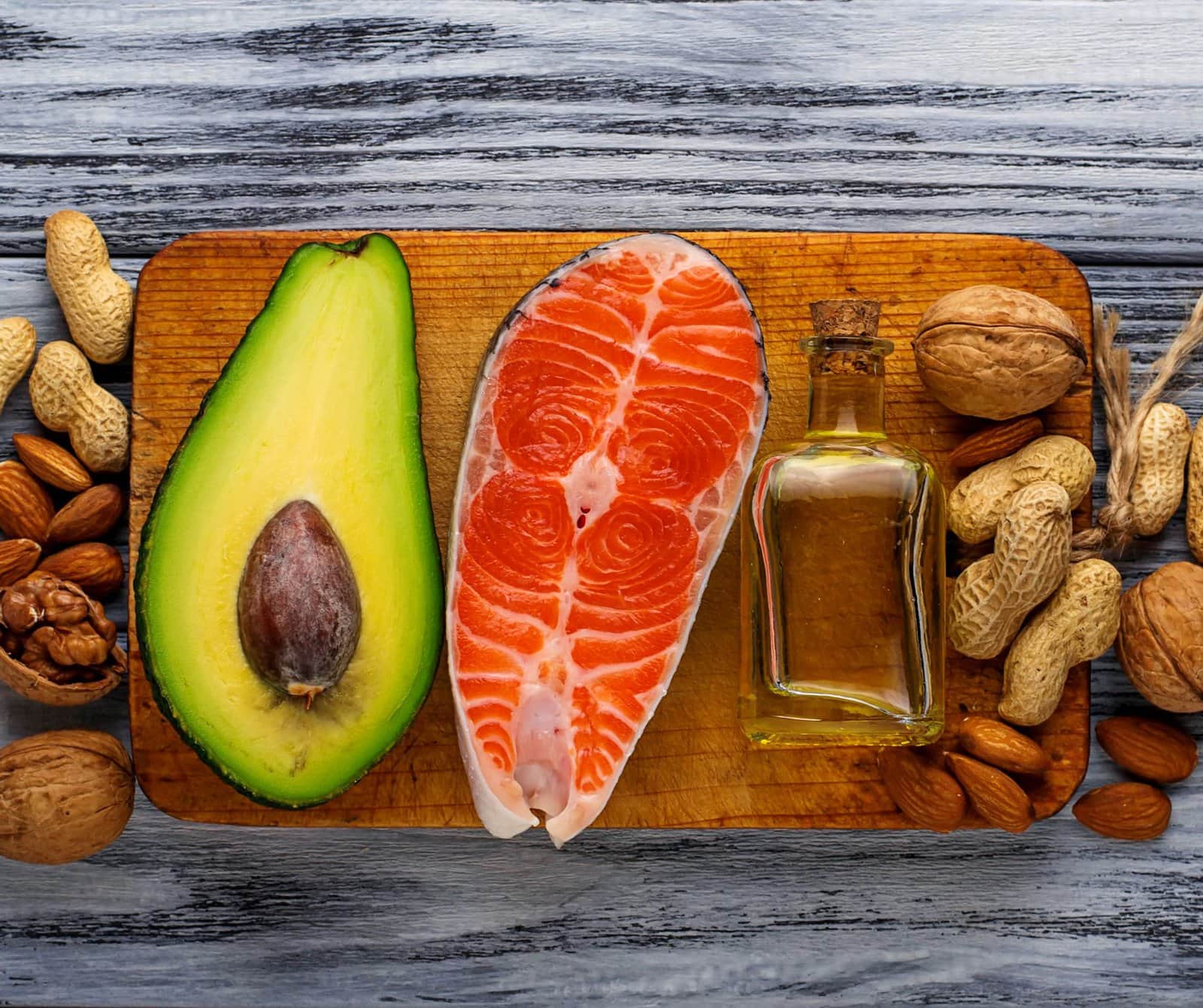
And so we begin

Dietary fat is an often misunderstood macronutrient. This handy little guide needs to start with a fairy tale.
Once upon a time in a land right here
Once upon a time, a prince, or maybe a princess, or maybe a handful, and a bandwagon full of advertising executives and a parade of well-meaning people went down the timestream singing a song. We’ll call it the “Fat-free is the way for me” song. It went something like this:
Fat is bad oh yes it is,
don’t eat it no, no not at all
if you do your heart it will explode
and you’ll be so fat you won’t fit your clothes
buy this instead, fat free for you and me is the way
pounds will drop and…
*insert record needle screeching across the vinyl*
*A troupe of food science-y people, nutritionists, doctors not on the food corporation payroll, and what-not enter stage left and shout passionately*
“NO! NO! That song is not only wrong, it’s just effing stupid. Stop singing it!”
These saintly folks were immediately ridiculed and pelted with well aimed fat-free products. Which mostly wasn’t injurious, except for the poor nutrition professor who took the jar of fat-free Marshmallow Fluff to the face.
Okay. So maybe you DO remember the fat-free rage that hasn’t entirely died the good death. Because some folks are still out there beating the fat-free drum and singing the dumb song.
So, into this roiling darkness we will attempt to shine the light of truth about the different types of dietary fats. What they are, where they come from, and what they do. Can I get an Amen?
The truth is that some types of fat are essential for the body’s proper functioning. And some you don’t even want to look at from a distance, much less eat. Let’s check out the different types of dietary fats and their impacts on the body and your fat loss efforts. If you are trying to lose the fat that is the result of too much dietary everything, pay attention. Some types of fat help the process. Some just get in the way. SO here is the hall of fat, from the villain to the heroes. Fat in ascending order of health benefit. Hey, at least 20% of your diet should be fat. Here is the info to help you choose what kinds should make up your dietary fat macro percentage.
Trans Fats: Deep Fried Death on a Stick

Okay. These are just ugly and evil. They are why your uncle Bob dropped dead of a heart attack at forty. Fortunately, public awareness has grown and fewer products containing these little balls of sudden death are available, But, some still are, which is why you STILL need to read the label when buying anything processed and ask questions at restaurants.
Trans fats, also known as trans-fatty acids, are unsaturated fats that have been chemically altered through a process called hydrogenation. During this process, hydrogen is added to liquid vegetable oils, causing them to solidify and become more stable, similar to saturated fats. This process also creates a trans configuration, meaning that the hydrogen atoms are located on opposite sides of the carbon double bond. This trans configuration makes trans fats more stable than unsaturated fats, but also more harmful to health.
Trans fats are commonly found in processed foods such as fried foods, baked goods, and snacks.
They are often used in processed foods because they have a longer shelf life and are less expensive than other types of fats. Trans fats are considered the most unhealthy type of fat and should be avoided as much as possible. Or maybe just altogether.
Impact on the body:
Trans fats raise LDL (bad) cholesterol levels and lower HDL (good) cholesterol levels, increasing the risk of heart disease. They also contribute to inflammation in the body, which can lead to a variety of health problems, including type 2 diabetes, stroke, and obesity.
The fact that it is inflammatory should be enough of a reason to avoid it. Inflammation is one of the big causes of us older people’s aches and pains. For the over 50 fat-losers who are my primary audience, being overweight AND inflamed just sucks. It’s why some of us don’t move as much as we should or could. It’s just going to get worse. Don’t complicate it by eating this sh1t. Take a pass on the deep-fried snickers bar at the fair. You’ll thank yourself later.
There is not a single nutritional benefit that your body will derive from trans fats, so why waste the nine calories-per-gram that trans fats will add to your diet? Spend those calories on something monounsaturated instead.
Understanding the Impact of Saturated Fats on Your Fat-Loss Journey
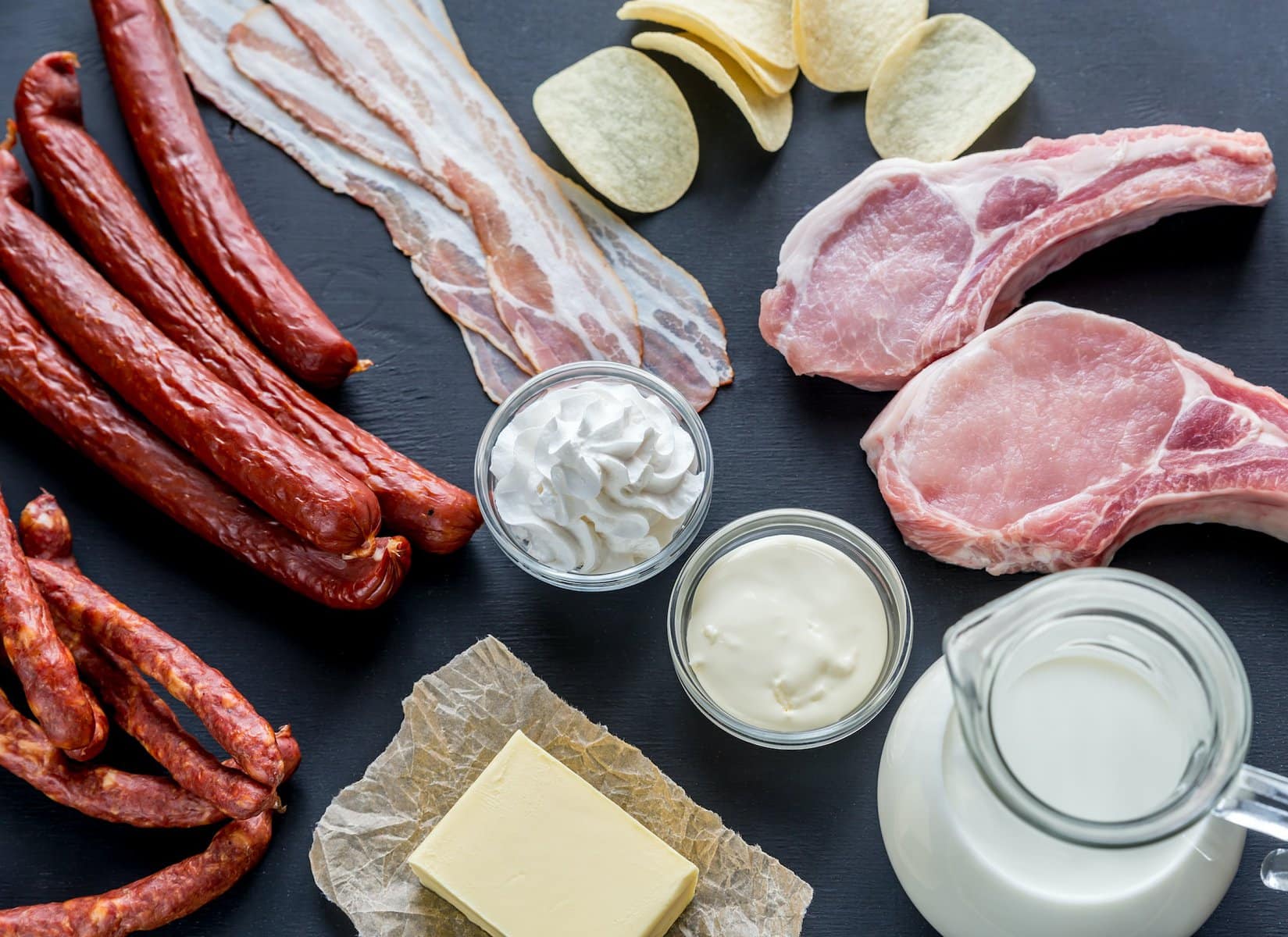
Saturated fats are a type of fat that consists of long chains of carbon and hydrogen atoms, with no double bonds between the carbon atoms. This structure makes them highly stable and solid at room temperature. The lack of double bonds also means that they can pack tightly together, making them less susceptible to oxidation and rancidity. This chemical structure is what makes saturated fats less healthy than unsaturated fats.
Saturated fats are found mainly in animal products such as meat, butter, cheese, and yaay ice cream. They are also found in some plant sources such as coconut oil and palm oil. Saturated fats are solid at room temperature and are often considered unhealthy because they raise cholesterol levels and increase the risk of heart disease. However, recent research suggests that saturated fats may not be as bad as previously thought, and they can be part of a healthy diet when consumed in moderation. And here comes the qualification of that. For my people over fifty. Your practitioner is likely defining the limits of that moderation. Perhaps even advising you to avoid it all together.
Impact on the body:
Eating a diet high in saturated fat can lead to an increase in LDL cholesterol, which can cause plaque buildup in arteries, leading to heart disease. It can also contribute to weight gain, obesity, and inflammation in the body. If you are over 50 and trying to drop fat and embrace a healthier lifestyle, have as few grams as possible of saturated fat in your daily intake as possible. Save the marbled steak or nice juicy hamburger for an occasion.
Meet the Keto Wrench
As always keto throws a wrench into the macro game. On a ketogenic diet, the consumption of saturated fats is typically encouraged as they provide a source of energy for the body to use when carbohydrates are restricted. However, excessive intake of saturated fats can increase LDL cholesterol levels, which can increase the risk of heart disease.
With everything. everyone is different. Bio-individuality. The biological uniqueness of each person dictates that each of us will metabolize sat fats differently. Working out your own personal limits is on you and maybe your healthcare team. Ultimately? All of this is on you. It’s why a lot of people just stay fat. There is no fat loss process that doesn’t take work, attention to detail and consistent application. Sorry. Truth is,
Monounsaturated Fats: Heart-healthy, doesn't clog anything
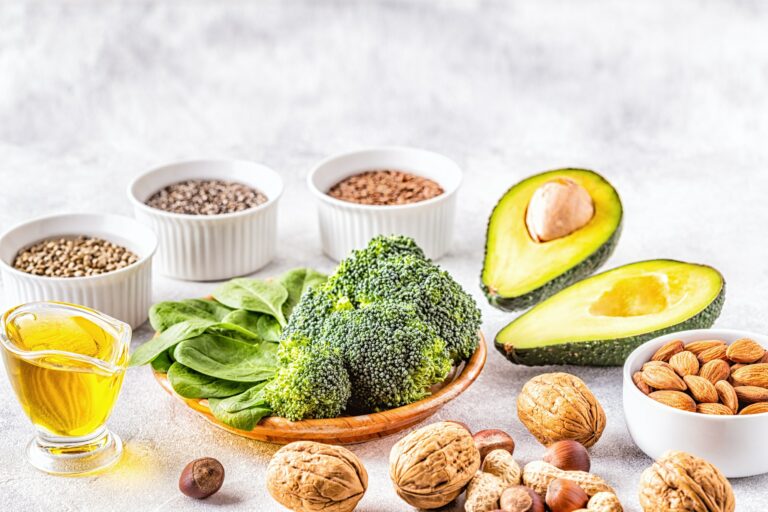
Here come the good guys. Monounsaturated fats are a type of unsaturated fat that contains one double bond in its carbon chain. This double bond creates a kink in the carbon chain, preventing the molecules from packing tightly together and remaining liquid at room temperature. Monounsaturated fats are chemically more stable than polyunsaturated fats and less stable than saturated fats.
Monounsaturated fats are found in plant-based foods such as olive oil, nuts, and seeds. They are liquid at room temperature and are considered healthy fats that can help reduce the risk of heart disease. And help lose the not-dietary fat packed around your middle and nether regions.
Impact on the body:
Consuming a diet high in monounsaturated fats can help lower LDL cholesterol levels and increase HDL cholesterol levels, reducing the risk of heart disease. They can also help regulate blood sugar levels, making them an excellent choice for people with type 2 diabetes. And let me again say, if you are on a fat loss journey, this fat is your new best friend.
Polyunsaturated Fats: Great for Brains
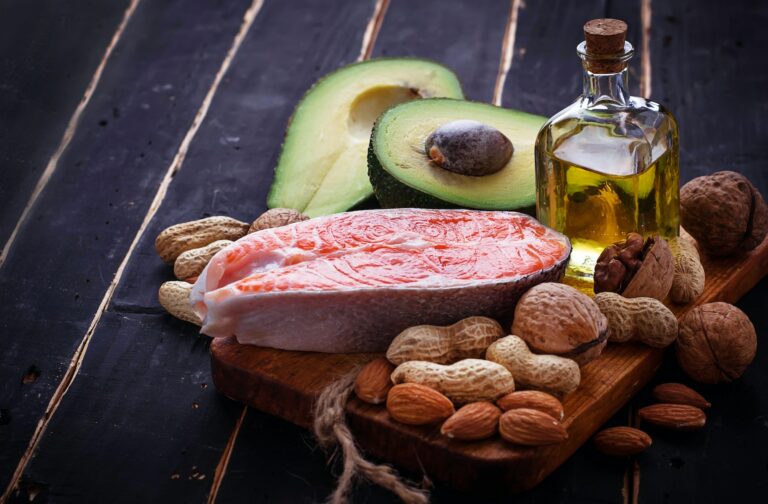
Polyunsaturated fats are a type of unsaturated fat that contains more than one double bond in its carbon chain. These double bonds create kinks in the carbon chain, preventing the molecules from packing tightly together and remaining liquid at room temperature. Polyunsaturated fats are less stable than monounsaturated fats and saturated fats, making them more susceptible to oxidation and rancidity. However, they are essential for the body’s proper functioning and must be obtained through the diet. Polyunsaturated fats are found in plant-based sources such as nuts, seeds, and vegetable oils, as well as in fatty fish such as salmon and mackerel. Consuming a diet high in polyunsaturated fats can help reduce LDL cholesterol levels, reduce the risk of heart disease, and improve brain function.
Impact on the body:
Here you go. Consuming a diet high in polyunsaturated fats can help reduce LDL cholesterol levels and reduce the risk of heart disease. They are also essential for brain function and can help improve memory and cognitive function. For fat-loss it is another excellent choice that works for you on several levels.
Omega-3 Fatty Acids: Also great for brains and other stuff

Oh, but these guys are GOOD! They almost make me want to eat fish that isn’t deep-fried in trans and sat fats then swiped about in tarter sauce. Omega-3 fatty acids are a type of polyunsaturated fat that contain multiple double bonds in their carbon chain, with the first double bond located at the third carbon from the omega end. This unique chemical structure gives omega-3 fatty acids their name and makes them highly reactive in the body. Omega-3 fatty acids are essential fats that the body cannot produce on its own and cannot function without. They must be obtained through the diet. They are found in fatty fish such as salmon and mackerel, as well as in plant-based sources such as flaxseed, chia seeds, and walnuts.
Impact on the body:
Consuming a diet high in omega-3 fatty acids can help reduce inflammation in the body, reduce the risk of heart disease, and improve brain function. Omega-3 fatty acids are also important for eye health and can help reduce the risk of age-related macular degeneration. For my much beloved over-fifty fat-losers: Hey it helps keep you sharp and as pain-free as possible while you roll towards a slimmer, ergo healthier you. This is good. If you, like me, really detest fish that isn’t deep-fried in something awful? Then Yay supplements. Just make sure you get the good ones which means doing your research ordering what is best instead of grabbing whatever is cheapest off the shelf at Giant Corporate Everything.
And So we Close
Understanding the different types of dietary fats is essential for maintaining a healthy diet. While some fats are considered unhealthy and should be avoided as much as possible, others are essential for the body’s proper functioning and should be included in a healthy diet. People trying to lose body fat should focus on consuming healthy fats such as monounsaturated and polyunsaturated fats while limiting their intake of saturated and eliminating trans fats entirely.
In addition to paying attention to the types of fats consumed, it is also a good idea to consider the overall caloric intake. Dietary fats are calorie-dense, meaning they contain more calories (9) per gram than protein (4) or carbohydrates (4). Consuming excessive amounts of any type of fat, even healthy fats, can lead to weight gain and inhibit fat loss efforts. This is why, if you are on a fat-loss journey, you want to pay attentions to fats. Not only to get the right kinds that will give you the most benefit. But for the impact they will have on your calorie balance.
To maintain a healthy balance of fats in the diet, eat a variety of plant-based sources such as nuts, seeds, and vegetable oils, as well as fatty fish such as salmon and mackerel. Limiting the intake of processed foods and fried foods can also help reduce the intake of unhealthy fats such as trans fats.
In conclusion, healthy eating on a fat loss journey should include a balance of different types of dietary fat. While some fats are unhealthy and should be avoided, others are essential for the body’s proper functioning and can even help reduce the risk of heart disease and improve brain function. People trying to lose body fat should focus on consuming healthy fats in moderation while limiting their overall caloric intake.
Love and Blessings!
Tune In Next Tuesday!
A tool to help you balance Fat
A decent tool that can help you ensure you are getting the right amount and the right kinds of fat is Cronometer. A tracking app for monitoring calories and balancing macros. The free version for individuals should be great for most fat loss efforts. This isn’t sponsored. Its just the tool I use and it works well and easy for me, though I use the Pro version for advanced data because I just have to nerd out on this stuff. You don’t have to nerd.
Related Articles
